Slowly but surely, one of the most significant events of the year in the world of traditional PCs is approaching — the launch of a new desktop platform from Intel. We cannot help but note that against the backdrop of this event, complaints about the old platform have appeared en masse. It suddenly became clear that the old system is not so perfect, which can scare off potential buyers of new Intel processors. But this does not stop conspiracy theorists from building their theories. In addition, new processors from AMD are also due to be released soon. Although the platform will remain the same, it will become more attractive compared to the outdated version. AMD itself seems to want to get rid of the old AM4 platform, since, despite its long life cycle and processor updates for it, new products are only released for AM5. This causes discontent, since users continue to choose old Ryzen models and motherboards, which makes it difficult to promote new technologies.
And what does this have to do with memory? Directly! The AMD AM4 and Intel LGA1700 platforms support DDR4 memory, with AM4 working exclusively with DDR4. While DDR5 is available for LGA1700, only DDR5 is suitable for AM5. DDR4 support on both platforms slows down the spread of DDR5. The choice of memory will become more clear in the near future, although in the budget segment, price parity between the types of modules has not yet been achieved. For mid-range and high-end PC users, the choice of outdated modules will no longer be relevant.
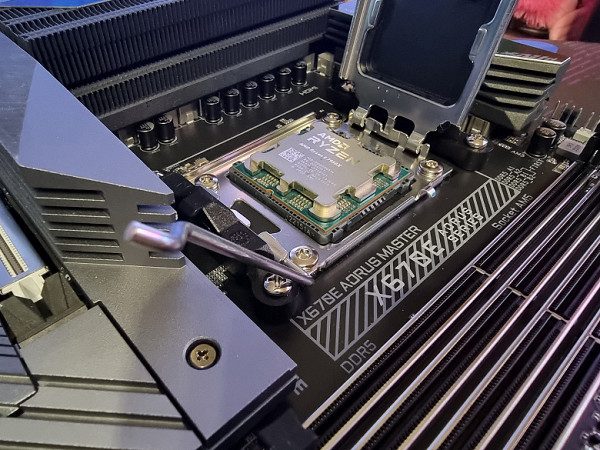
In addition, interest in high-frequency memory modules is expected to increase. At the moment, AMD processors officially support DDR5-5200, and Intel — DDR5-5600, although memory overclocking has long been available even for budget boards. It is expected that the official frequencies will be increased, and we will see new overclocking records. Intel will update the memory controller, and AMD will fix the shortcomings found in Ryzen 7000 processors. These changes will need to be tested, but there are already prospects for research. So far, there are few changes: although Intel continued to update the microcode for Alder Lake, which improved their performance, there have been no significant innovations yet.
Memory manufacturers are ready for these changes and expect them with cautious optimism. Three years ago, they had to start producing new DDR5 modules from scratch, which created a shortage of power management chips and the modules themselves. This led to inflated prices and slowed the transition to DDR5. The decline in new PC sales since the pandemic has also made DDR4 relevant, especially in low-cost systems. In the future, it will be easier to promote new products.
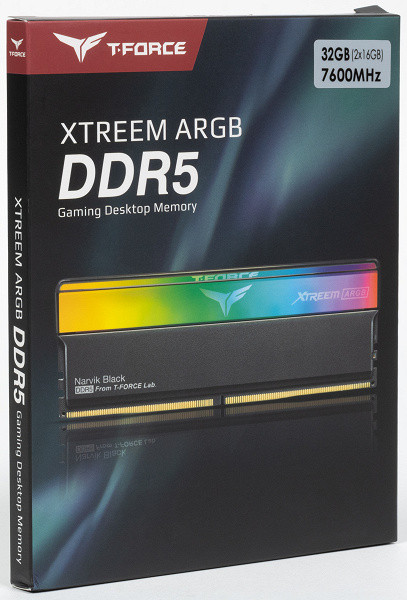
The products that will be promoted in the future are already largely defined. For example, a year ago, TeamGroup’s DDR5 module range did not include the top-of-the-line Xtreem ARGB, which combines lighting and extreme performance. At that point, it was necessary to choose between Delta RGB modules, which could operate at frequencies up to 8200 MHz, and the previous Xtreem, which offered excellent performance but no lighting. Although Delta modules were high-end, the lack of the highest category with lighting was somewhat disappointing, especially considering that the difference between the best and the very best modules is often noticeable.
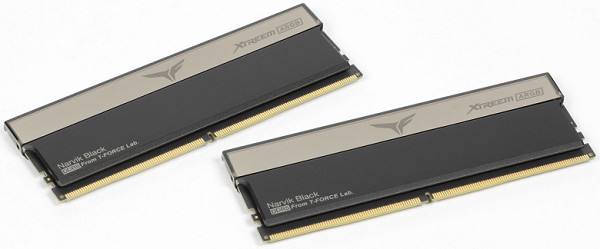
However, this turned out to be temporary. On March 7 this year, T-Force Xtreem ARGB DDR5 module kits were added to TeamGroup's product range. However, only kits are available for now, and single modules are not available in this line. They offer the same specifications as regular Xtreem: kits of two modules with a capacity of 16 or 24 GB with frequencies of 6800, 7200, 7600, 8000 and 8200 MHz (the last frequency is only available for non-binary chips).
It is safe to say that the PCB and components in the Xtreem and Xtreem ARGB lines are identical. The heatsinks are also similar — both types are 2 mm thick. The main difference is the presence of LEDs in backlit modules. Thus, buyers can choose between modules with and without backlighting, satisfying different preferences.
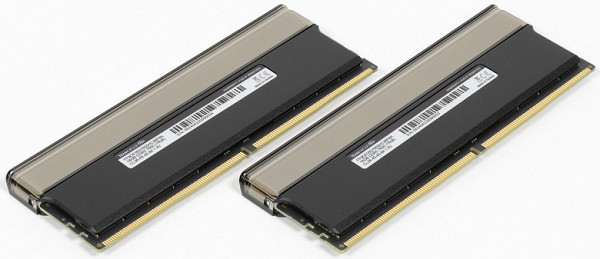
Why couldn't both lines be released at the same time? LEDs require power and generate heat, which creates additional complications. Although DDR5 modules already have integrated PMICs for power management, and the company has the necessary expertise to solve heat issues, it still took time for thorough testing. That's why Xtreem ARGB was released a little later.
We decided to test the new product and chose a 32 GB DDR5-7600 kit. Why this frequency? Testing the T-Force Xtreem DDR5-8200 48 GB in the spring showed that reaching 8 GHz depends on luck with a specific processor and board. We managed to run one module at 8200 MHz and load Windows, but the simplest tests immediately caused system crashes.
However, in a system with a Core i9-12900K processor and an Asus ROG Maximus Z690 Hero motherboard, the memory worked stably at 7733 MHz. This was surprising, considering that TeamGroup officially recommends modules with a frequency of no higher than 6600 MHz for the original version of LGA1700. A year ago, we were unable to achieve stable operation at frequencies above 7000 MHz, but by the end of the year, using the same Hynix chips, we reached 7467 MHz and occasionally tried to work at 7600 MHz, although without success. We wondered whether these were one-off achievements or the results of firmware improvements over three years. And, of course, we decided to take a closer look at the best offer from TeamGroup.
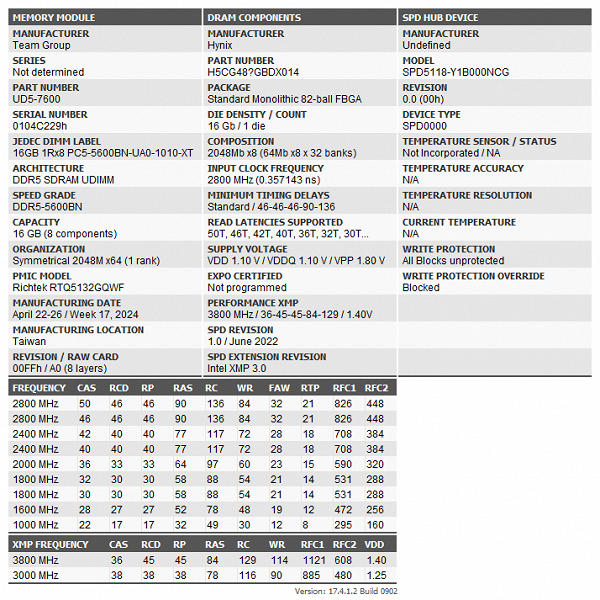
By default, DDR5 modules run at 5600 MHz, which is a JEDEC-certified profile. This is already good, considering that many high-frequency modules are presented to the system as DDR-4800 and require manual configuration to activate the XMP profile. The Xtreem line, both with and without backlighting, provides two XMP profiles. The 6000 MHz profile supports memory on Hynix chips with a minimum voltage increase of up to 1.25 V, which we tested on various modules. Frequencies from 6800 MHz require an increase in voltage to 1.4 V, and for 8000 MHz and higher — up to 1.45 V, which significantly exceeds the standard DDR5 voltage of 1.1 V. The choice of whether to use these modes and how stable they are is left to the user, since there are no comprehensive statistics, and it is unlikely that they will appear. Therefore, the company provides the ability to independently choose the appropriate mode.
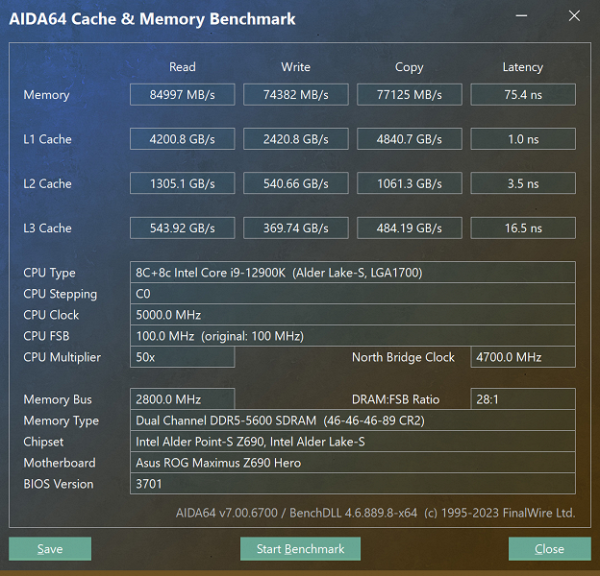
At the moment, the standard 5600 MHz mode is the official maximum for processors, although this limit is expected to increase in the fall. This maximum can already be exceeded now, even on 2021 processors. For best results, it makes sense to manually set the controller and memory frequency ratio to 1:2. However, the effect of this parameter on DDR5 is not as significant as it was with DDR4, where the synchronous 1:1 mode was relevant. In addition, the default timings for such memory modules are quite conservative and do not fully reveal the potential of extreme modules.
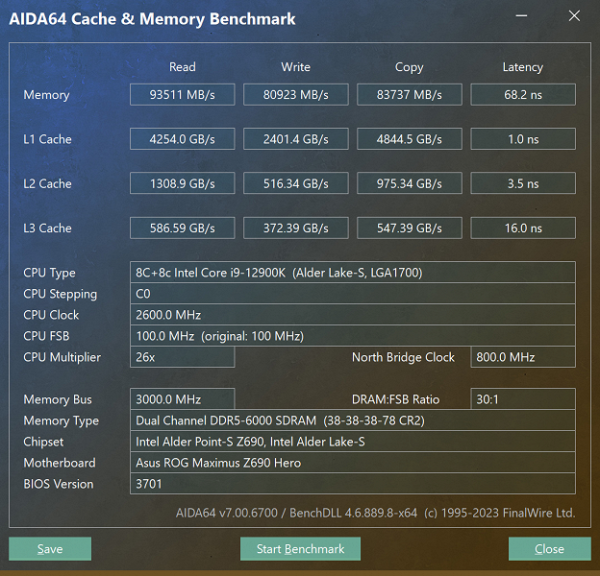
And not for operation in DDR5-6000 mode, of course, either. It is clear that it is turned on with one button, and the increase in voltage can be considered safe, but...
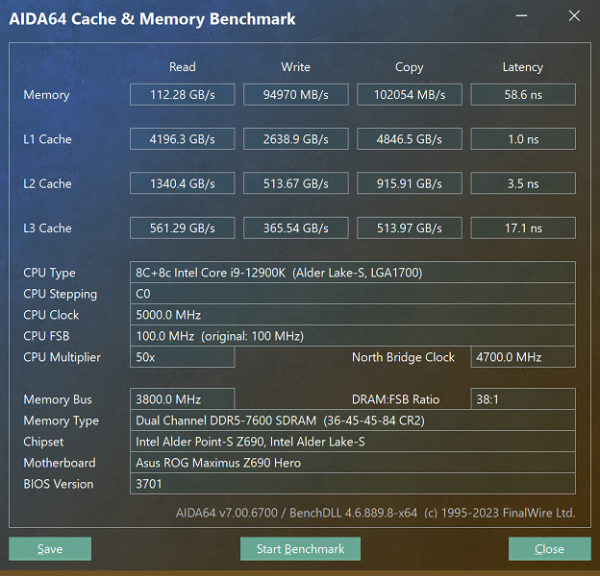
Even on an old system, the DDR5-7600 mode is activated by one button. Last year, it was impossible to achieve such a frequency, but this year we were able to overclock the memory to 7733 MHz, although we were unable to repeat this result. Do not be upset: firstly, the manufacturer does not declare support for these modules on Z690 boards, so expecting additional overclocking capabilities would be too optimistic. Secondly, working at the standard frequency is already a good achievement. Non-binary chips, as a rule, have improved overclocking capabilities. This result is especially pleasing to owners of old systems on the LGA1700 platform, who at one time had to limit themselves to DDR5-5200 on 16 GB. Now you can upgrade to faster and more capacious modules, and it is probably worth considering 48 GB kits.
For clarity, we have prepared diagrams demonstrating the throughput of the obtained results.
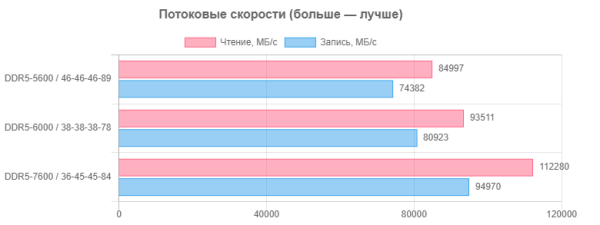
In terms of reading and writing data, everything is clear: the higher the frequency, the greater the throughput. We have reached the important threshold of 100 GB/s when reading. To achieve the same result when writing, either a higher frequency or a processor from the Raptor Lake family is required.

No surprises here. According to AIDA64, DDR4 still has lower latencies, possibly due to synchronous mode. However, this will be history in the near future, as new systems will be exclusively DDR5-oriented.
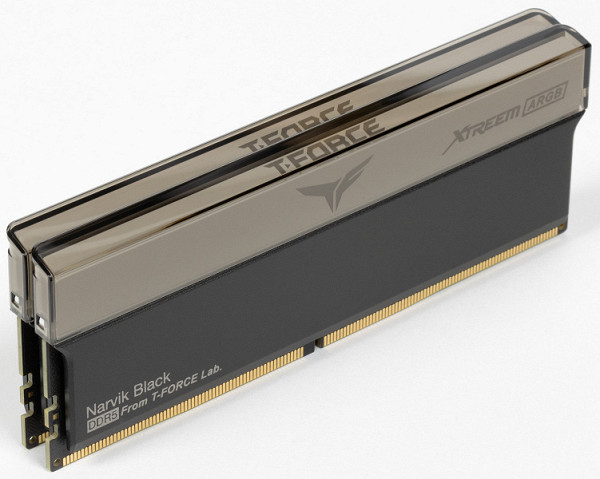
We are looking forward to seeing new stock modes and, more importantly, new overclocking records. It will be important to check out the updated memory controllers from both AMD and Intel, which will provide plenty of testing opportunities. Memory manufacturers have already done their part: unlike in late 2021, when it was difficult to find anything, there are now a variety of modules on the market for every taste and budget. The clock speed reserve will not be fully utilized by stock modes for a long time, and this is a boon for buyers of new systems. But it is not only new users who will benefit — debugging firmware and memory chip production will also be useful for those who made a purchase some time ago. This is definitely good news.
